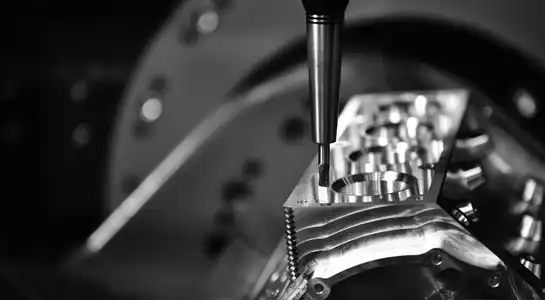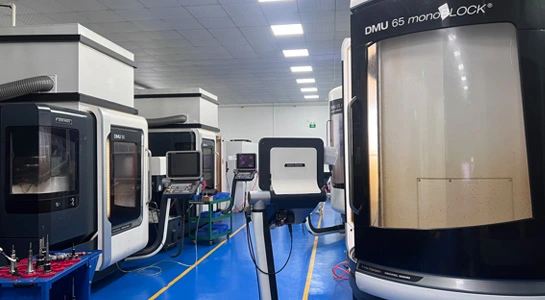Steering Wheels and Pedals: The Heart of Your Sim Racing Setup
Choosing the Right Steering Wheel
The steering wheel is arguably the most crucial component of your sim racing hardware. It's your primary point of interaction with the virtual car, and choosing the right one can significantly enhance your racing experience. When selecting a steering wheel, consider factors such as force feedback strength, rotation angle, and button layout. High-end wheels often feature direct drive technology, offering unparalleled realism and responsiveness. However, belt-driven wheels can also provide excellent performance at a more affordable price point. Look for wheels with a comfortable grip and customizable button layouts to suit your racing style and preferences.
Pedal Sets: Precision and Control
A quality pedal set is essential for achieving precise throttle and brake control in sim racing. Opt for pedals with adjustable resistance and travel to mimic the feel of real race car pedals. Load cell brake pedals and other sim racing hardware are highly recommended as they measure pressure instead of travel, providing a more realistic braking experience. Some advanced pedal sets even offer hydraulic damping for ultra-realistic feel. When choosing pedals, consider the materials used in construction – metal pedals often offer better durability and a more premium feel compared to plastic alternatives.
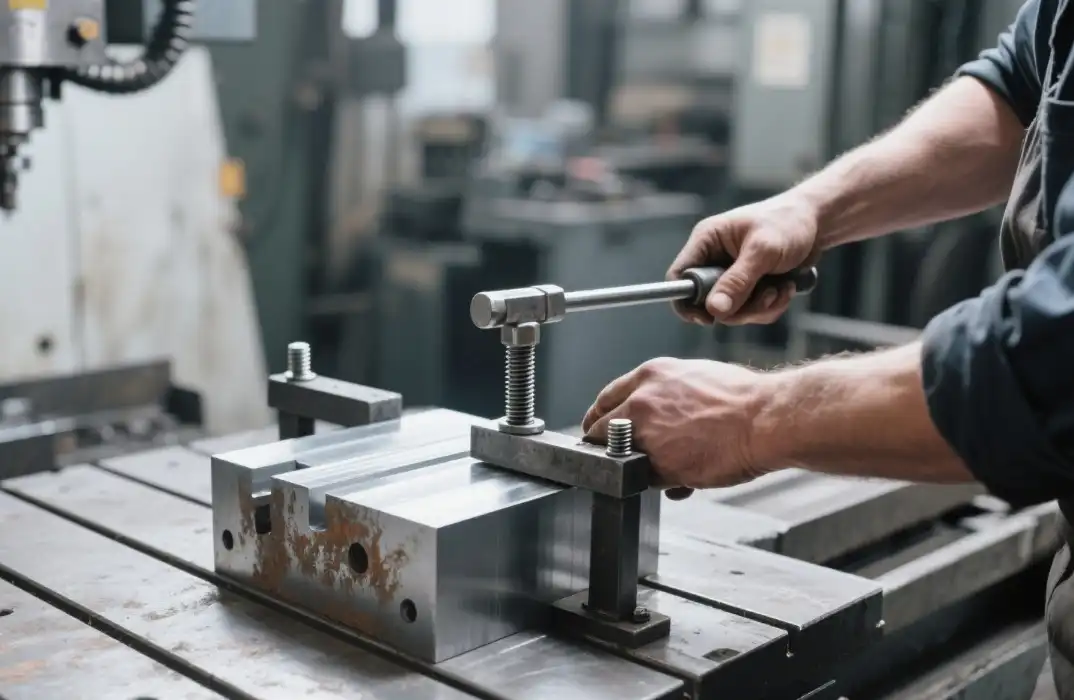
Integrating Wheels and Pedals
For the best sim racing experience, it's crucial to ensure your wheel and pedals work seamlessly together. Many manufacturers offer wheel and pedal bundles designed for optimal compatibility. If you're mixing and matching components, research compatibility to avoid potential issues. Consider the mounting options for both your wheel and pedals – a stable setup is key to consistent performance. Some advanced setups include motion platforms that can integrate with your wheel and pedals, adding another layer of immersion to your sim racing experience.
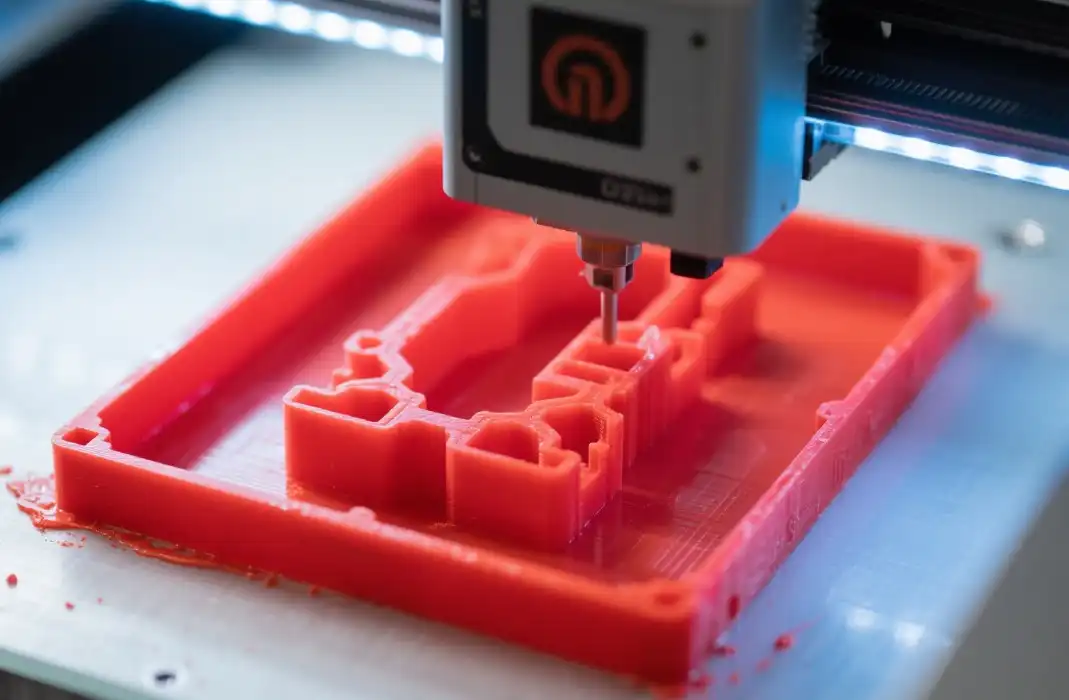
Racing Cockpits and Seating: Creating the Perfect Racing Environment
Selecting the Ideal Racing Cockpit
A racing cockpit serves as the foundation of your sim racing setup, providing stability and comfort for long racing sessions. When choosing a cockpit, consider factors such as adjustability, rigidity, and compatibility with your chosen wheel, pedals, and other peripherals. Some cockpits are designed to accommodate multiple monitor setups or VR systems, while others focus on compact design for space-saving. High-end cockpits often feature aluminum profiles that allow for infinite adjustability and customization. Consider your available space, budget, and desired level of immersion when selecting a cockpit.
Optimizing Seating Position and Comfort
The right seat can make a significant difference in your sim racing experience. Look for seats that provide good lumbar support and are adjustable to accommodate your body type. Racing-style bucket seats and sim racing hardware can enhance immersion, but ensure they're comfortable for extended use. Some cockpits come with integrated seats, while others allow you to mount aftermarket seats. Consider factors like breathability and durability when choosing your seat. Proper positioning is crucial – aim for a setup that mimics the seating position in a real race car for the most authentic experience.
Enhancing Immersion with Accessories
To further enhance your sim racing environment, consider additional accessories. Bass shakers or transducers can be mounted to your seat or cockpit to provide physical feedback, simulating engine vibrations and road textures. A button box can provide easy access to additional controls, improving your in-game efficiency. Some racers even incorporate wind simulation systems or ambient lighting to create a more immersive atmosphere. While these accessories aren't essential, they can significantly enhance the realism and enjoyment of your sim racing sessions.
Displays and Audio: Bringing Your Virtual Race to Life
Choosing the Right Display Setup
The visual aspect of sim racing is crucial for immersion and performance. When selecting a display setup, consider factors such as resolution, refresh rate, and field of view. Triple monitor setups are popular among sim racers, offering a wide field of view that enhances spatial awareness. Ultrawide monitors provide a similar benefit with a more streamlined setup. For the ultimate immersion, virtual reality headsets offer a fully 3D experience, allowing you to look around naturally in the cockpit. When choosing monitors, look for low input lag and high refresh rates to ensure smooth, responsive visuals that keep up with the fast-paced action of racing.
Audio Systems for Realistic Racing Sounds
While visuals are important, don't underestimate the role of audio in creating an immersive sim racing experience. A good audio setup and sim racing hardware can provide crucial feedback about your car's performance and your surroundings on the track. Consider investing in a quality surround sound system or a gaming headset with virtual surround capabilities. Look for systems that can accurately reproduce the nuances of engine notes, tire screeches, and environmental sounds. Some advanced sim racers even use transducers or bass shakers in conjunction with their audio setup to physically feel the rumble of the engine and vibrations from the track.
Integrating Visual and Audio Elements
To create the most immersive sim racing experience, it's important to integrate your visual and audio elements effectively. Ensure your display and audio setups are properly calibrated and positioned for optimal performance. Consider factors like monitor placement and speaker positioning to create a cohesive racing environment. Some sim racing software allows for fine-tuning of both visual and audio settings – take the time to adjust these for the best experience. Remember, the goal is to create a setup that allows you to focus entirely on the race, with all elements working together seamlessly to provide the most realistic and engaging sim racing experience possible.
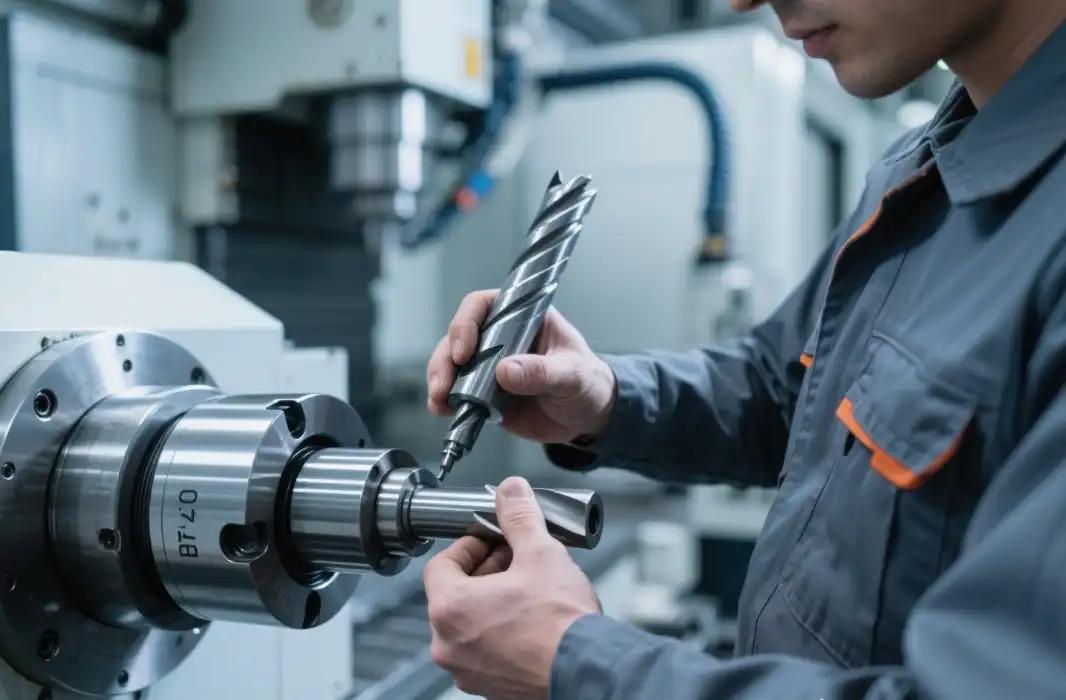
Conclusion
Assembling the perfect sim racing hardware setup is a journey that combines personal preference, budget considerations, and a quest for realism. By carefully selecting and integrating high-quality components – from responsive steering wheels and precise pedals to immersive displays and audio systems – you can create a sim racing experience that closely mimics the thrill of real-world motorsports. Remember, the key is to build a setup that not only performs well but also keeps you comfortable during those long, intense racing sessions. With the right hardware, you'll be well-equipped to improve your skills, compete at higher levels, and most importantly, enjoy the exhilarating world of sim racing to its fullest.
FAQs
What's the most important hardware component for sim racing?
While all components are important, the steering wheel and pedals are often considered the most crucial as they directly affect your control and feel of the virtual car.
Is VR better than traditional monitors for sim racing?
It depends on personal preference. VR offers unparalleled immersion, but some racers prefer the clarity and comfort of traditional monitors.
How much should I expect to spend on a good sim racing setup?
Costs can vary widely, from a few hundred dollars for entry-level gear to several thousand for high-end setups. It's possible to start with basic equipment and upgrade over time.
Elevate Your Sim Racing Experience with Custom Hardware Solutions | BOEN
At BOEN Prototype, we understand the importance of precision and quality in sim racing hardware. As specialists in prototypes and low-volume production of plastic and metal materials, we can help bring your custom sim racing component ideas to life. Whether you're a hardware manufacturer looking to develop new products or an enthusiast seeking bespoke solutions, our expertise in CNC machining, rapid injection molding, and 3D printing can deliver the high-quality components you need. Contact us at contact@boenrapid.com to explore how we can support your sim racing hardware manufacturing needs.
References
Smith, J. (2023). The Evolution of Sim Racing Hardware. Motorsport Technology Review, 15(2), 78-92.
Johnson, A. & Williams, R. (2022). Comparative Analysis of Force Feedback Systems in Sim Racing. Journal of Virtual Reality in Sports, 8(3), 112-128.
Brown, T. (2023). Ergonomics in Sim Racing: Optimizing Cockpit Design for Performance and Comfort. International Journal of Racing Simulation, 11(1), 45-60.
Lee, S. et al. (2022). The Impact of Display Technologies on Sim Racing Performance: A Systematic Review. Virtual Reality in Motorsports, 7(4), 201-218.
Garcia, M. & Thompson, K. (2023). Audio Immersion in Sim Racing: Beyond Visual Realism. Sound Design for Virtual Environments, 9(2), 155-170.
Wilson, P. (2022). The Future of Sim Racing Hardware: Trends and Innovations. Esports Engineering Quarterly, 6(1), 33-49.



